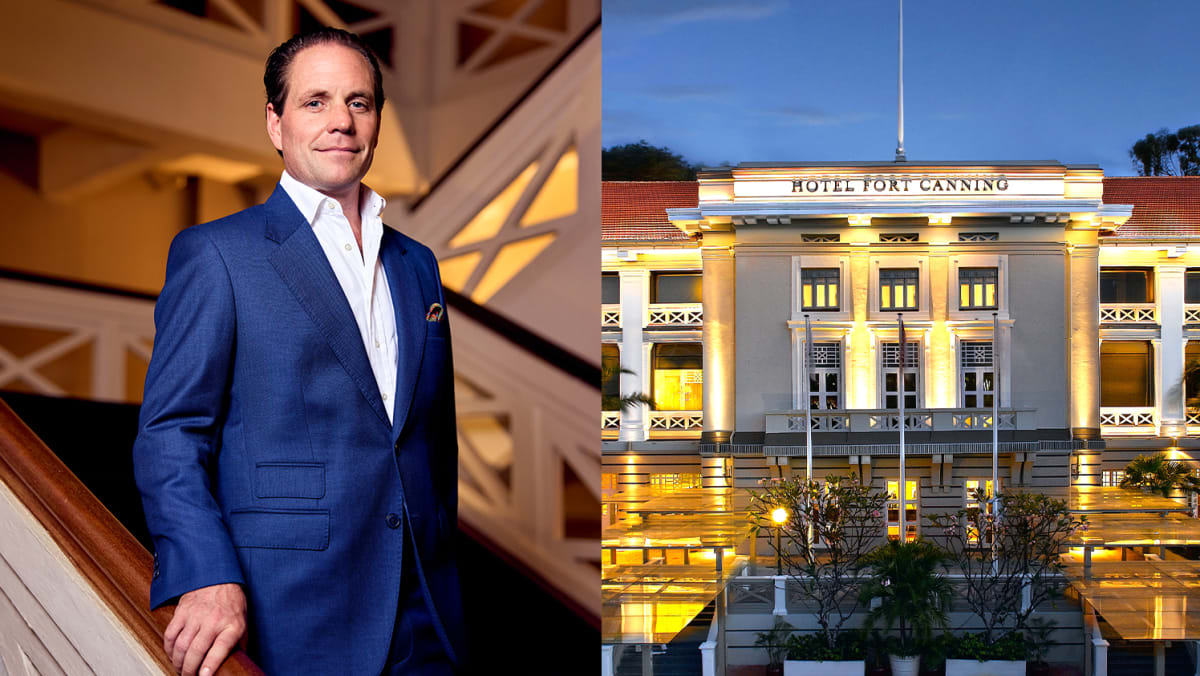When the LRT system was later implemented in Sengkang and Punggol, Dr Fan said the development of the towns progressed much more quickly, resulting in a shorter duration for construction.
“Unlike BPLRT, there wasn’t a significant gap between building the LRT stations and surrounding developments. With concurrent planning for buildings, amenities, and shops, the integration was smoother,” he noted.
Still, Dr Fan noted that the challenges of working with elevated tracks remain: “Once constructed, extending the system becomes difficult, as adjustments require careful planning from the outset.”
In response to CNA TODAY’s queries, an LTA spokesperson said it would continue to assess land transport needs and adopt suitable strategies to serve travel demand as demographics and land development evolve, while ensuring prudent resource use.
“Our existing LRT systems in Bukit Panjang, Sengkang and Punggol have served commuters well. We will continue enhancement works to ensure they remain effective and reliable.”
The spokesperson explained that its integrated approach ensures efficient and cost-effective service across Singapore. This approach combines first- and last-mile connectivity from MRT stations with support from LRT, buses, cycling paths, and covered walkways.
WILL THE RENEWAL WORKS FIX THESE ISSUES?
As upgrading works on the BPLRT are on track to be completed in two years’ time, commuters are already noticing some changes.
Two new third-generation LRT vehicles were introduced into service on Aug 1. All 19 new vehicles are expected to arrive by the end of 2025, ensuring the entire fleet will be updated by 2026.
These new vehicles come equipped with upgraded features, including new LCD monitors with route displays, brighter energy-efficient LED lighting, and an improved air-conditioning system that enhances cooling and air distribution.
There will also be a condition-monitoring system installed to oversee the health of key components such as doors, brakes and air-conditioning systems, as well as sensors to monitor the power rail conditions while travelling, allowing for earlier fault detection and repairs.
There are other ongoing enhancements:
- Four second-generation train cars have completed their upgrades and are in passenger service, with the remaining nine undergoing gradual upgrades and testing in the coming months
- The signalling system has been upgraded in phases since 2022
- The entire power supply system for the BPLRT has also been fully upgraded to increase capacity
- Refurbishment of the operations control centre to enhance overall operational management
Bukit Panjang SMC MP Liang Eng Hwa said that as the town’s population continues to grow, the shorter intervals between trains and the full resumption of the BPLRT’s dual-loop service will help transport more commuters and reduce overcrowding.
“Currently, the single-loop design is not well-connected. It allows travel in only one direction, which is quite poor,” he said.
Due to the ongoing renewal works, the BPLRT operates a single-loop service from Petir station to Choa Chu Kang during off-peak hours, while the dual-loop service is deployed only during peak hours on weekday mornings and evenings, and on weekends during certain hours.
“Reliability is essential. The engineering must ensure the system operates smoothly, especially since the old system was quite dated and prone to breakdowns. With the new, upgraded system, I hope there will be significant improvements in reliability,” said Mr Liang.
Still, LTA should continue enhancing bus services, he added, particularly service 976, which runs parallel to the LRT and serves as a backup for commuters.
The service frequency for 976 during peak hours is between 10 and 15 minutes, while off-peak wait times can extend up to 18 minutes.
For the Sengkang-Punggol LRT, other than the dedicated boarding locations for different train routes on the Sengkang platform, there are several more changes anticipated:
- 25 new two-car trains will be delivered progressively from the end of this year
- Depot expansion works are set to start by the end of this year, aiming to grow the 3.5ha Sengkang-Punggol LRT depot to 11.1ha by 2027














